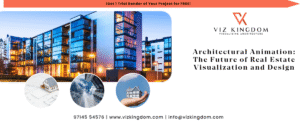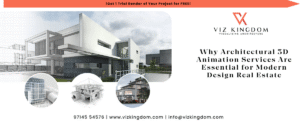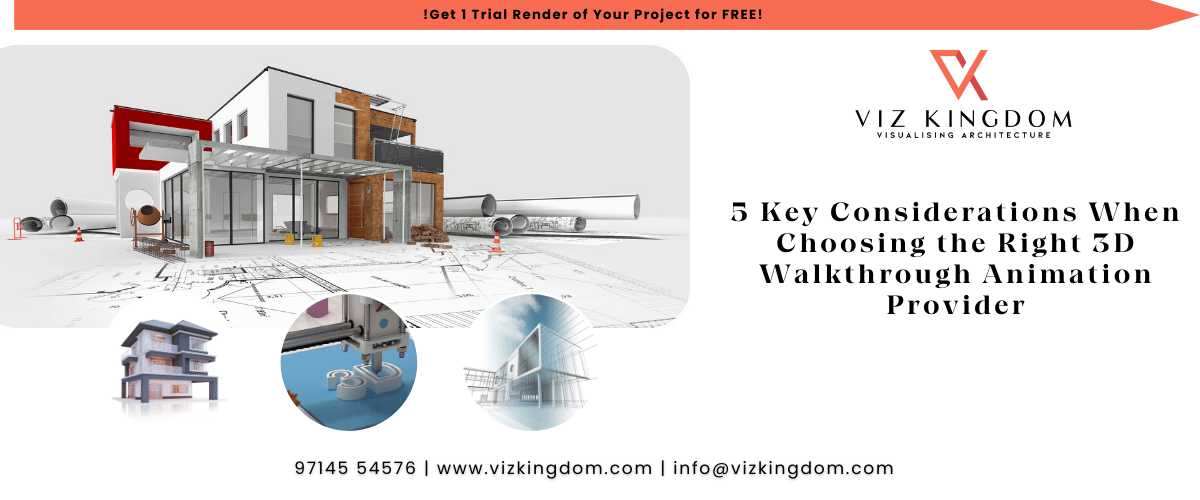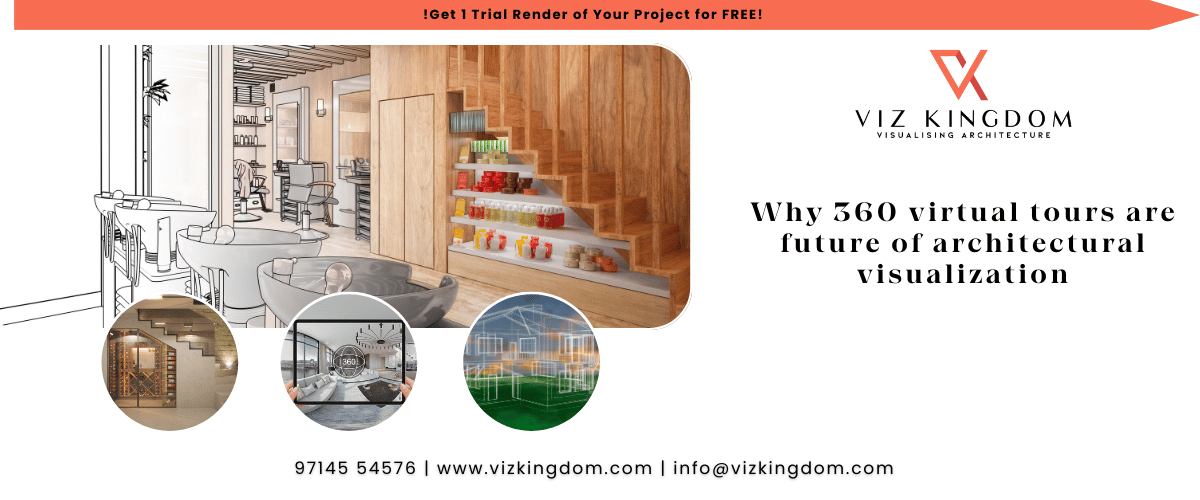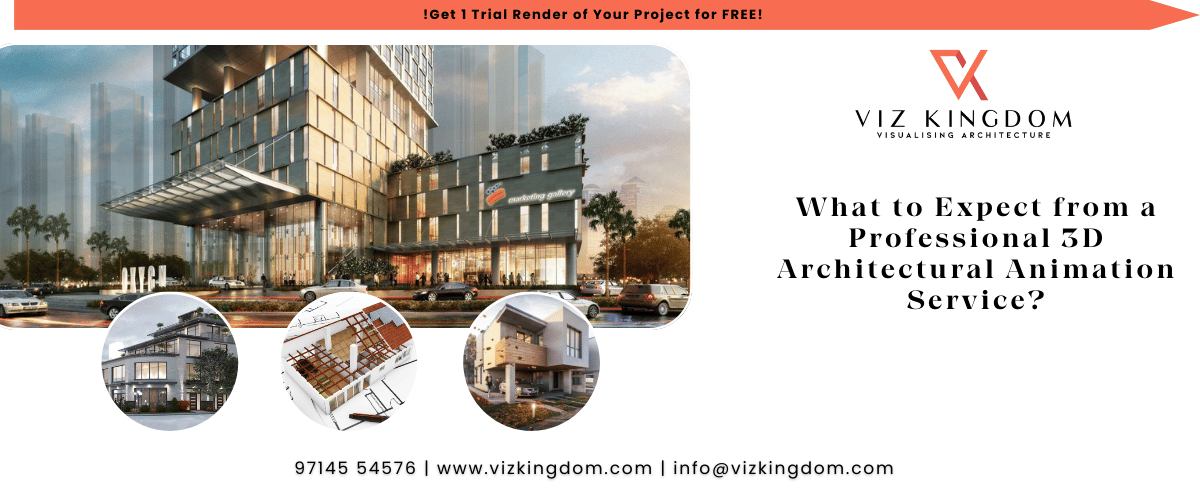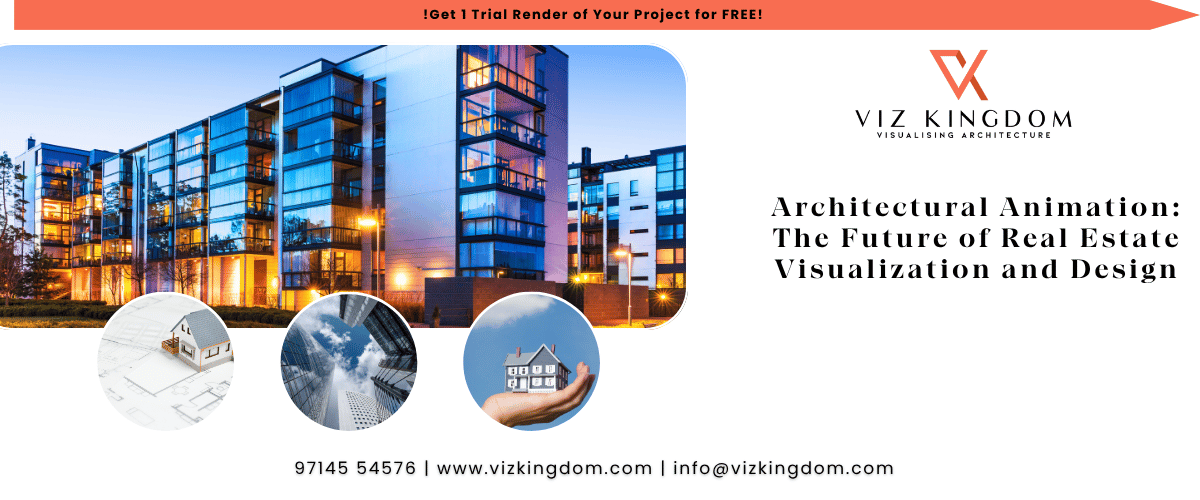
Architectural Rendering Animation Explained in 3D Motion for Modern Designers
In today’s visually-driven world, people don’t just want to see a space—they want to experience it. That’s where architectural rendering animation steps in.
Gone are the days of flat blueprints and static renders. Whether you’re in architecture, real estate, or construction, showing off your designs with cinematic 3D motion is a game-changer.
👉 Want to give life to your architectural plans? Explore our 3D architectural animation services to impress clients, investors, and stakeholders.
What is Architectural Rendering Animation?
Architectural rendering animation is the art of turning architectural blueprints or 3D models into animated visuals that walk viewers through a space before it’s built. Think of it as a short movie that highlights interior and exterior elements, lighting, textures, and even movement of people or vehicles.
Unlike static images, this technique uses animation to:
- Simulate natural lighting throughout the day
- Showcase design flow and spatial layout
- Provide a storytelling approach to design presentation
As Hound Studio puts it: animation is not just a tool, it’s an emotional experience.
Why It’s Trending in 2025
According to BluEntCAD, more than 78% of real estate firms in North America use architectural animations to help close deals faster.
Here’s why it’s so effective:
- Immersive and realistic presentations
- Better client understanding of the design concept
- Increased investor confidence
- Enhanced social media and website engagement
- Time and cost savings by detecting issues early in the design process
Animation vs Static Rendering: What’s the Difference?
| Feature | Static Rendering | Rendering Animation |
| Output | Still image | Animated walkthrough |
| Engagement | Moderate | High |
| Visualization | Limited to frame | Continuous visual journey |
| Use Case | Portfolio, print | Websites, presentations, ads |
| Flexibility | One view | Dynamic movement |
As Cuub Studio explains, animation creates emotional involvement—critical in design approvals and buyer decisions.
Where Is It Used?
Architectural rendering animation is widely used in:
- Residential and commercial real estate marketing
- Client design presentations
- Interior design showcases
- Urban development proposals
- Hospitality and retail architecture
- Virtual reality experiences
Even city planners and civil engineering firms are adopting animation to communicate large-scale infrastructure ideas clearly.
How It’s Made: The Process Behind the Magic
Creating an animation involves several stages:
- 3D Modeling – Building your architectural structure in 3D software (like Blender or 3ds Max)
- Texturing & Lighting – Adding materials, lighting effects, and reflections
- Camera Path & Animation – Setting up how the viewer will “walk or fly” through the space
- Rendering Frames – Thousands of images rendered per second of video
- Post-Production – Adding sound, narration, transitions, and effects
👉 For ultra-realistic animations, explore our 3D rendering services in India, tailored for global markets.
Costs Involved in Architectural Rendering Animation
Based on CadCrowd and Xpress Rendering, the average cost varies depending on complexity, duration, and visual quality.
- Basic Animation: $700 – $1,500 (up to 1 min)
- Advanced Flythroughs: $2,000 – $4,000 (with realistic lighting, interiors)
- High-End VR Ready: $5,000+ (for large commercial projects)
Tip: Revisions, voiceovers, and timelines can impact the final price—always ask for a custom quote based on your needs.
Latest Trends in Architectural Rendering Animation (2025)
- AI-Assisted Rendering: Faster rendering using machine learning
- Real-Time Rendering: Instant feedback during design iterations
- VR & AR Compatibility: Immersive headsets are now a client favorite
- Cloud-Based Collaboration: Work with global teams, faster
- Hyperreal Environments: Adding dynamic weather, people, and vehicles
According to Prolific Studio, using open-source tools like Blender has also made animation more accessible for small firms.
Benefits That Go Beyond Design
- Boosts Client Approval Rate – People say yes when they can visualize
- Improves Marketing ROI – Animated videos perform better on social media
- Saves Time on Revisions – Catch flaws early
- Increases Property Value – Quality presentation means higher perceived value
- Fuels Investor Interest – They understand the business potential at a glance
Final Thoughts
Whether you’re designing a luxury home, a shopping mall, or a smart city, architectural rendering animation brings your vision to life in a way no static image ever could.
In 2025, visual storytelling is not just nice to have—it’s essential. And the firms embracing this shift are seeing real, measurable success.
FAQs
1. How is architectural rendering animation different from a 3D walkthrough?
They are often the same. However, rendering animation usually focuses more on realistic lighting, motion, and textures.
2. What software is used for architectural animation?
Popular tools include Blender, 3ds Max, Lumion, V-Ray, and Unreal Engine.
3. Can I use these animations on my website or social media?
Yes, they’re excellent for websites, YouTube, Instagram, and presentations.
4. How long does it take to produce a 60-second animation?
Typically 2–4 weeks depending on complexity and revisions.
5. Is architectural animation useful for interior designs too?
Absolutely! Interior walkthroughs help clients understand space, lighting, and flow better than still images.

